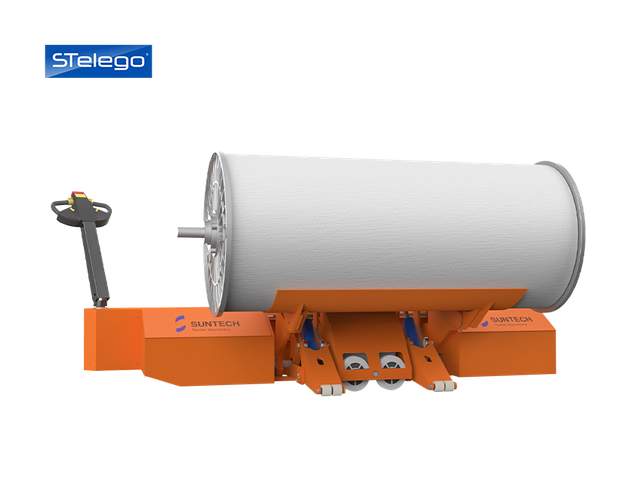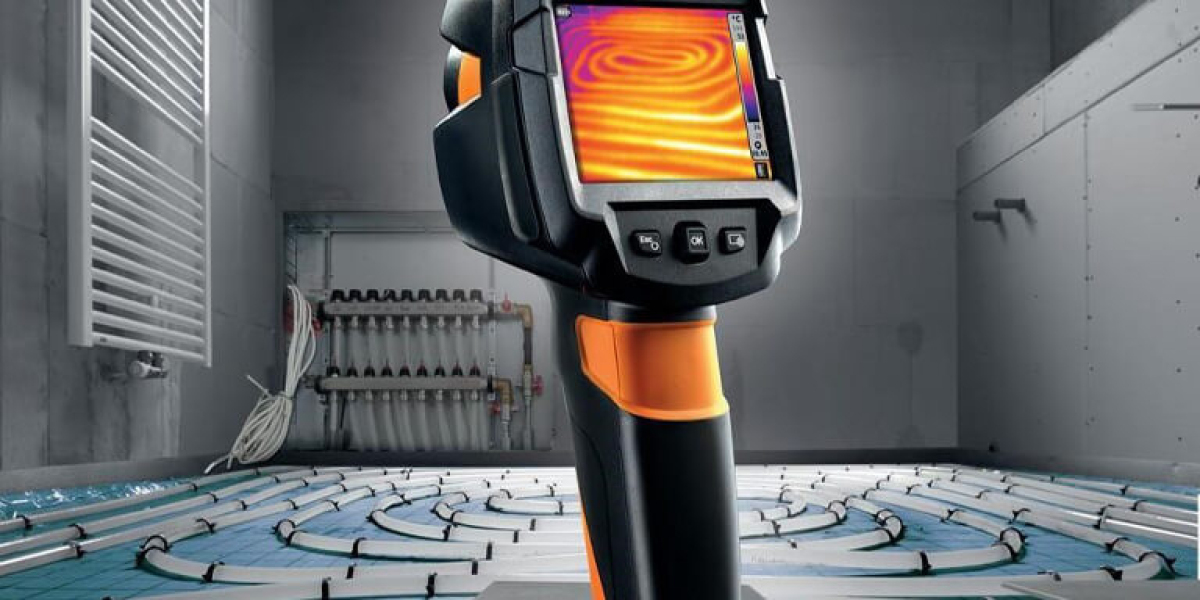In today's fast-paced world, the role of materials handling equipment has become increasingly vital. As industries evolve, so too do the technologies and methodologies that facilitate the movement, protection, and storage of goods. This article delves into the trends and innovations that are shaping the future of materials handling equipment, providing insights for professionals and enthusiasts alike.

Understanding Materials Handling Equipment
Materials handling equipment encompasses a wide range of tools and machinery designed to transport, store, and manage materials efficiently. From forklifts and conveyor belts to automated guided vehicles (AGVs) and pallet jacks, these tools are essential for optimizing logistics and supply chain operations. But what are the key components that define this equipment?
- Transport Equipment: Includes forklifts, pallet trucks, and AGVs.
- Storage Equipment: Racking systems, shelving, and automated storage solutions.
- Unit Load Formation: Pallets, containers, and crates that facilitate handling.
- Identification and Control Systems: Barcodes, RFID tags, and inventory management software.
Current Trends in Materials Handling Equipment
As technology advances, several trends are emerging in the field of materials handling equipment. These trends not only enhance efficiency but also improve safety and reduce operational costs. Some notable trends include:
- Automation: The integration of robotics and automation in materials handling is revolutionizing the industry. Automated systems can perform repetitive tasks with precision, reducing the risk of human error.
- IoT Integration: The Internet of Things (IoT) allows for real-time tracking and monitoring of materials, leading to improved inventory management and operational efficiency.
- Sustainability: There is a growing emphasis on eco-friendly materials handling solutions. Companies are increasingly adopting electric forklifts and energy-efficient systems to minimize their carbon footprint.
- Data Analytics: Utilizing data analytics helps organizations make informed decisions regarding their materials handling processes, leading to enhanced productivity.
Innovations Shaping the Future
Innovations in materials handling equipment are not just limited to automation and IoT. They also encompass advancements in design and functionality. For instance, the development of ergonomic equipment reduces strain on workers, while smart technologies enable predictive maintenance, thus minimizing downtime.
Furthermore, companies are exploring the use of augmented reality (AR) to enhance training and operational efficiency. By providing real-time information and visual aids, AR can significantly improve the handling processes.
Conclusion: The Future of Materials Handling Equipment
As we look to the future, the evolution of materials handling equipment will continue to be driven by technological advancements and the need for efficiency. Organizations must stay informed about these trends and innovations to remain competitive in the global market. For more information on the latest in materials handling equipment, visit  .
.








